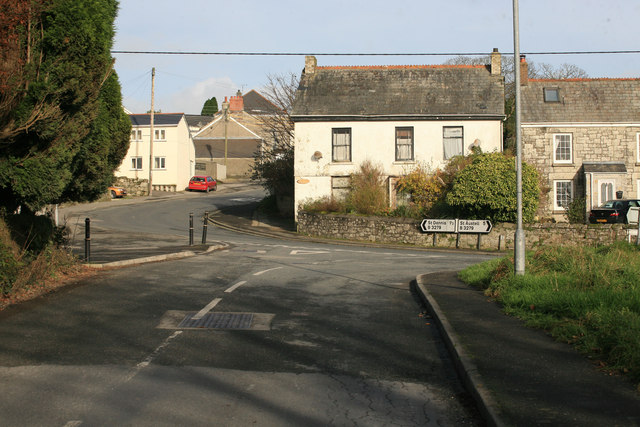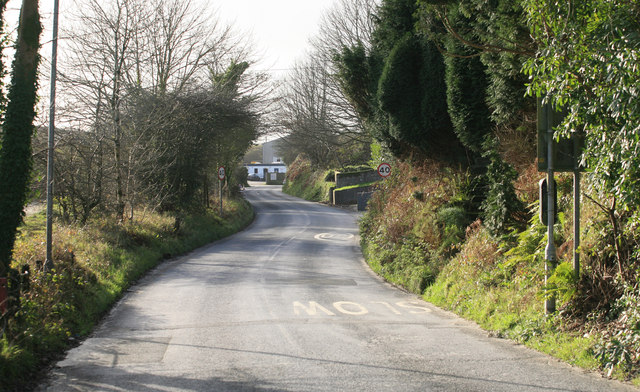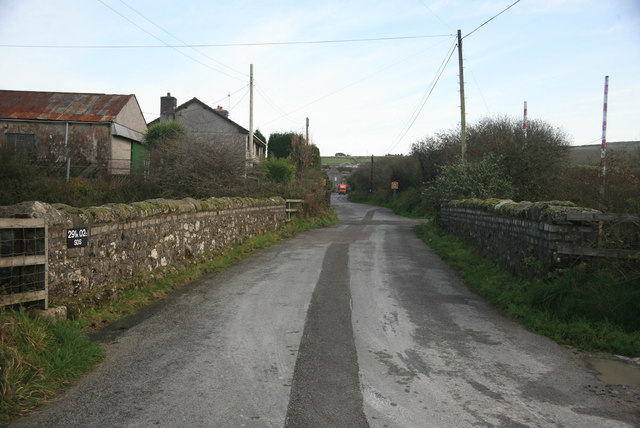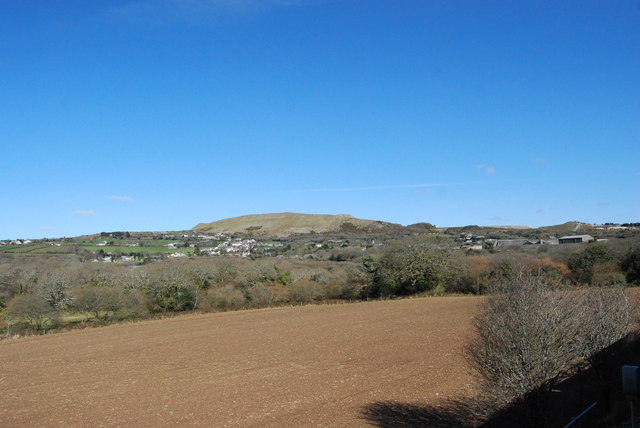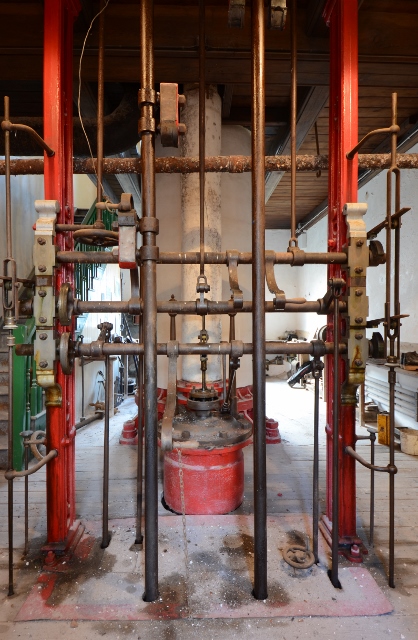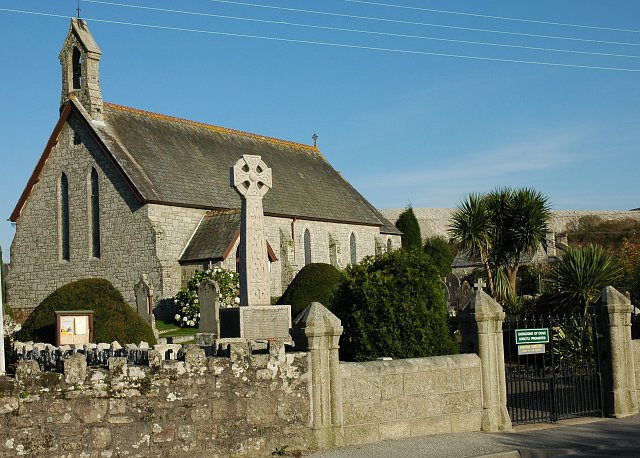Goonamarris
Settlement in Cornwall
England
Goonamarris
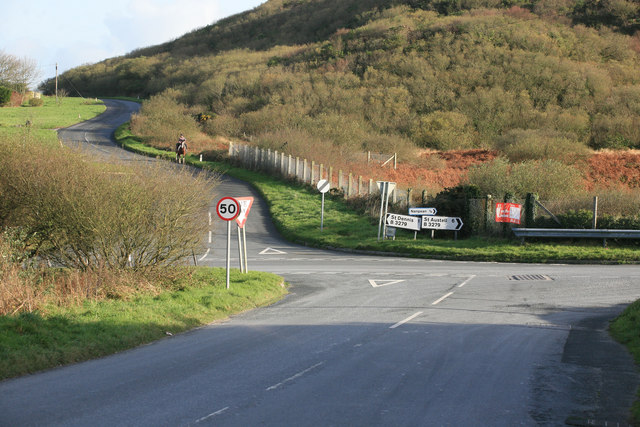
Goonamarris is a small coastal village located in Cornwall, England. Nestled along the eastern coast, it sits between the larger towns of Looe and Polperro. With a population of just under 500 residents, Goonamarris offers a tranquil and picturesque setting for those seeking a peaceful retreat.
The village is renowned for its stunning natural beauty, characterized by rugged cliffs, pristine sandy beaches, and crystal-clear waters. Visitors can enjoy long walks along the coastal path, taking in breathtaking views of the Atlantic Ocean and the surrounding countryside. The area is also home to a diverse range of wildlife, making it popular among nature enthusiasts and birdwatchers.
Goonamarris boasts a rich history, dating back to ancient times. The remains of an Iron Age hillfort, known as Goonamarris Camp, can still be seen today atop the cliffs, offering a glimpse into the village's past. The nearby Polperro Heritage Coast Centre provides a fascinating insight into the area's maritime history, with exhibits detailing the village's fishing and smuggling heritage.
Despite its small size, Goonamarris offers a range of amenities for both residents and visitors. The village is home to a charming pub, serving up traditional Cornish dishes and locally brewed ales. There are also a handful of quaint bed and breakfast establishments, providing comfortable accommodation for those wishing to stay in the area.
Overall, Goonamarris provides a idyllic coastal escape, offering natural beauty, historical intrigue, and a sense of tranquility that is hard to find elsewhere.
If you have any feedback on the listing, please let us know in the comments section below.
Goonamarris Images
Images are sourced within 2km of 50.359563/-4.8776303 or Grid Reference SW9555. Thanks to Geograph Open Source API. All images are credited.
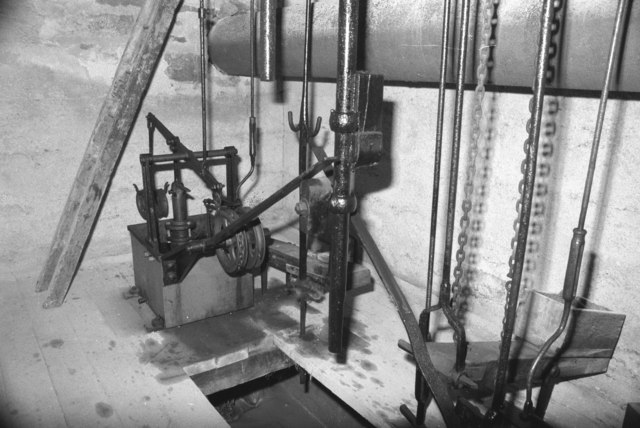
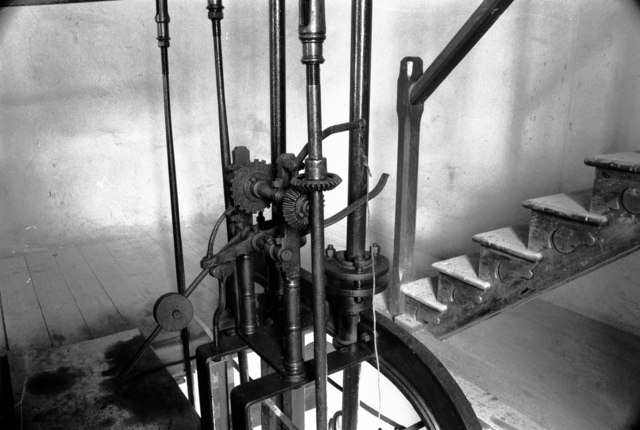
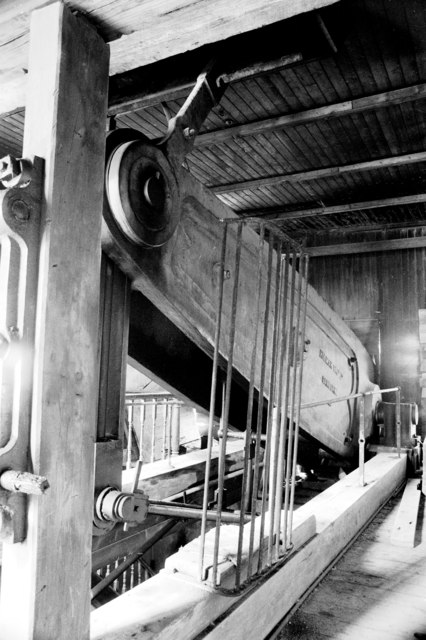
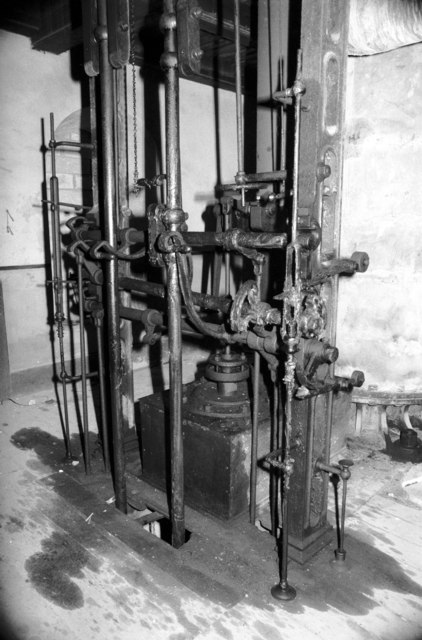
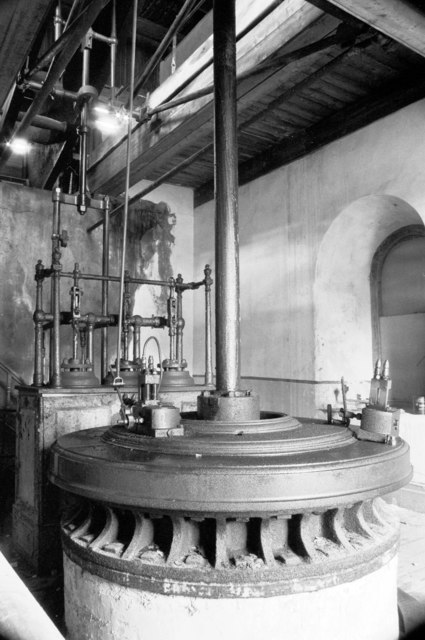
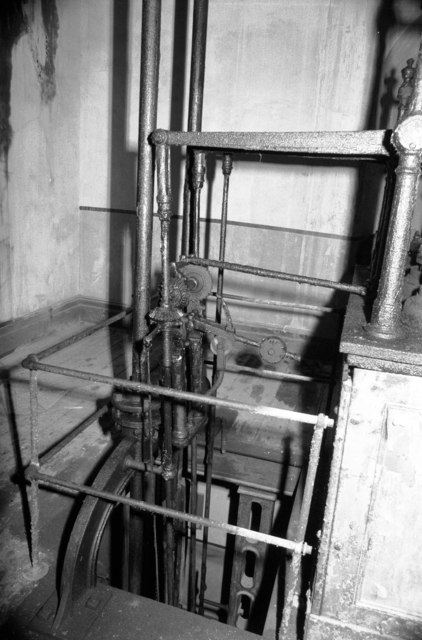
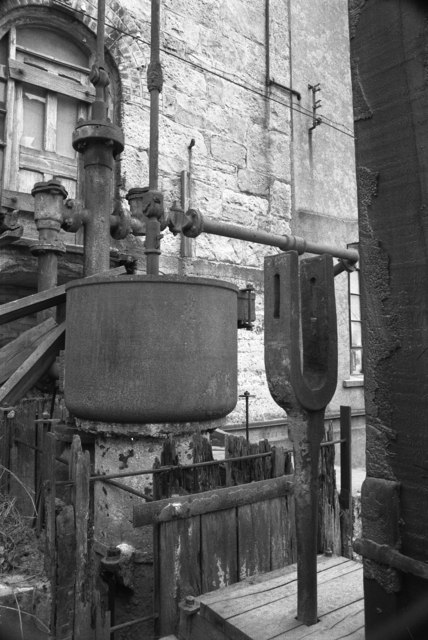
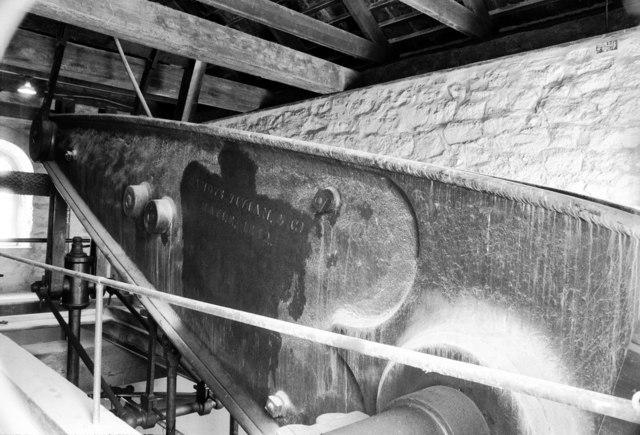
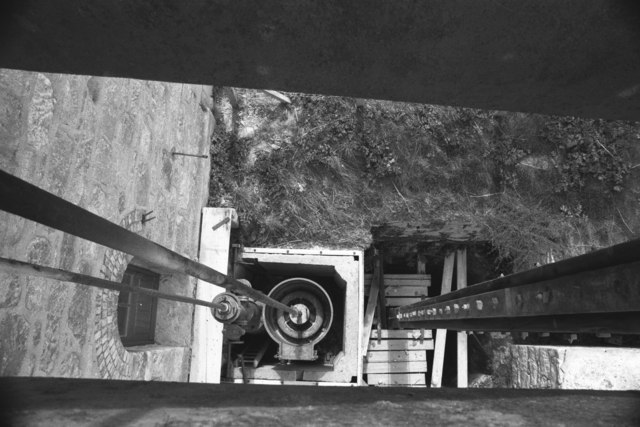
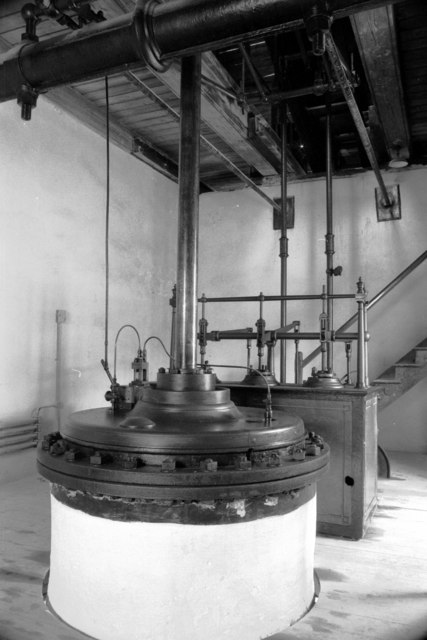
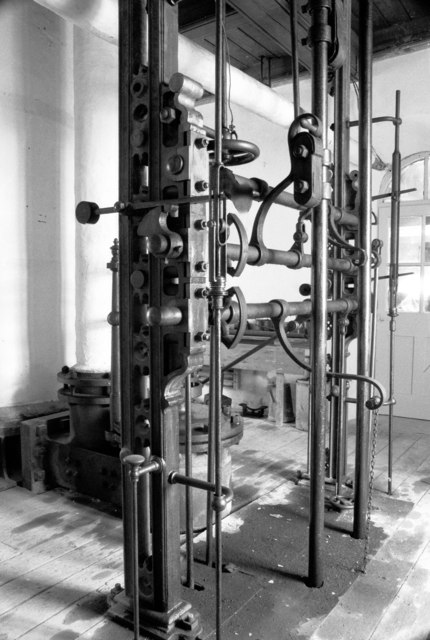
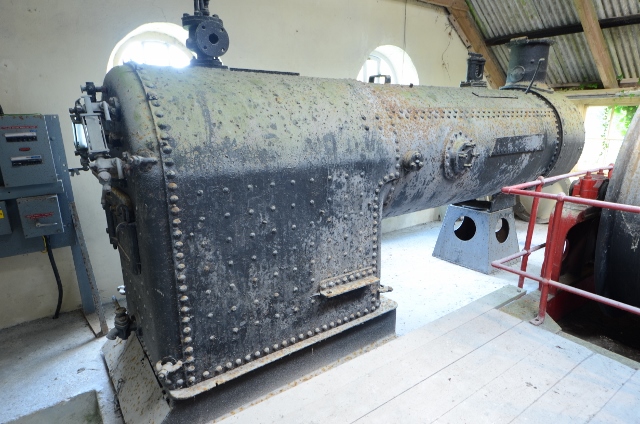
Goonamarris is located at Grid Ref: SW9555 (Lat: 50.359563, Lng: -4.8776303)
Unitary Authority: Cornwall
Police Authority: Devon and Cornwall
What 3 Words
///matchbox.warms.emblem. Near Nanpean, Cornwall
Nearby Locations
Related Wikis
Goonabarn
Goonabarn is a hamlet in the parish of St Stephen-in-Brannel, Cornwall, England. == References ==
Foxhole, Cornwall
Foxhole (Cornish: Tollowarn) is a village in mid Cornwall, England, in the United Kingdom. It lies within the parish of St Stephen-in-Brannel, and has...
Nanpean
Nanpean (from Cornish: Nanspian, meaning "little valley") is a village in the civil parish of St Stephen-in-Brannel in Cornwall, United Kingdom. The B3279...
Little Treviscoe
Little Treviscoe is a village near Treviscoe in Cornwall. It contains about 30 properties. There are numerous abandoned china clay workings in the area...
Nearby Amenities
Located within 500m of 50.359563,-4.8776303Have you been to Goonamarris?
Leave your review of Goonamarris below (or comments, questions and feedback).
